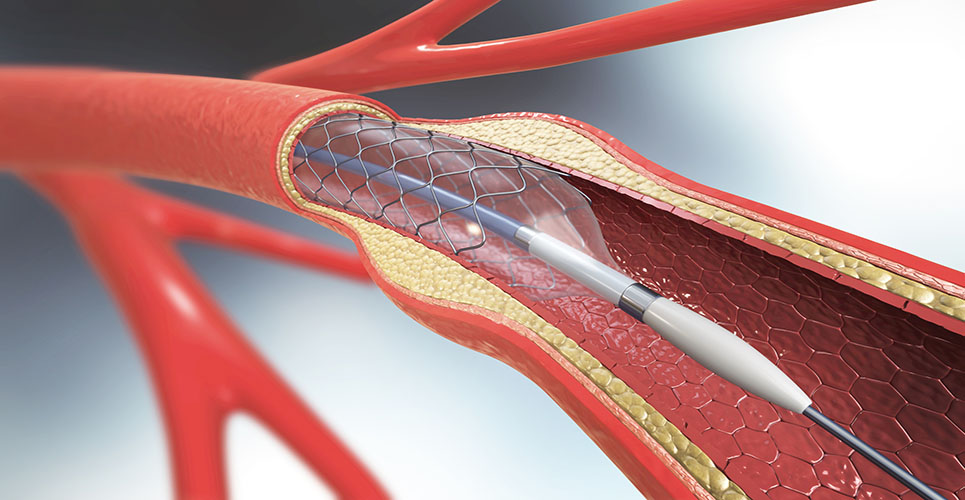teaser
Boston Scientific Corporation’s TAXUS Express2 Paclitaxel-Eluting Coronary Stent System has similarly low rates of myocardial infarction (MI), stent thrombosis, and target vessel re-intervention (TVR) across both diabetic and non-diabetic patients, the company announced today.
Analysis of data from a registry of nearly 7,500 patients was presented by David A Cox, MD, and John M Lasala, MD, PhD at the annual EuroPCR Scientific Program in Barcelona.
“The ARRIVE diabetic subset data demonstrated that the TAXUS Stent mitigated the adverse effect of diabetes as a risk factor for restenosis and repeat procedures in the patients studied,” said Dr Cox of Lehigh Valley Hospital in Allentown, Pennsylvania.
“While the diabetic patients had more cardiac risk factors, comorbidities and higher mortality than nondiabetics, the rates of re-intervention, MI and stent thrombosis in the ARRIVE 1 and 2 registries were similar in both groups, regardless of risk profile.”
The pooled analysis included two-year data on 2,112 medication-requiring diabetic patients and 5,380 non-diabetic patients from the ARRIVE registry programme. The population was further segmented into a higher-risk group and a lower-risk group. Due to significant disparity in baseline characteristics between diabetic and non-diabetic patients, multivariate modeling and analysis was used to allow for adjustment of baseline differences (other than the presence of diabetes) between the two groups.
“Our extensive ARRIVE registries provide valuable insights into diabetic patients who are often at higher risk for adverse events and repeat stenting procedures,” said Paul LaViolette, Chief Operating Officer at Boston Scientific.
“The ARRIVE data demonstrated that the TAXUS Stent lessened the risk factor for clinical restenosis in the diabetic patients studied.”

